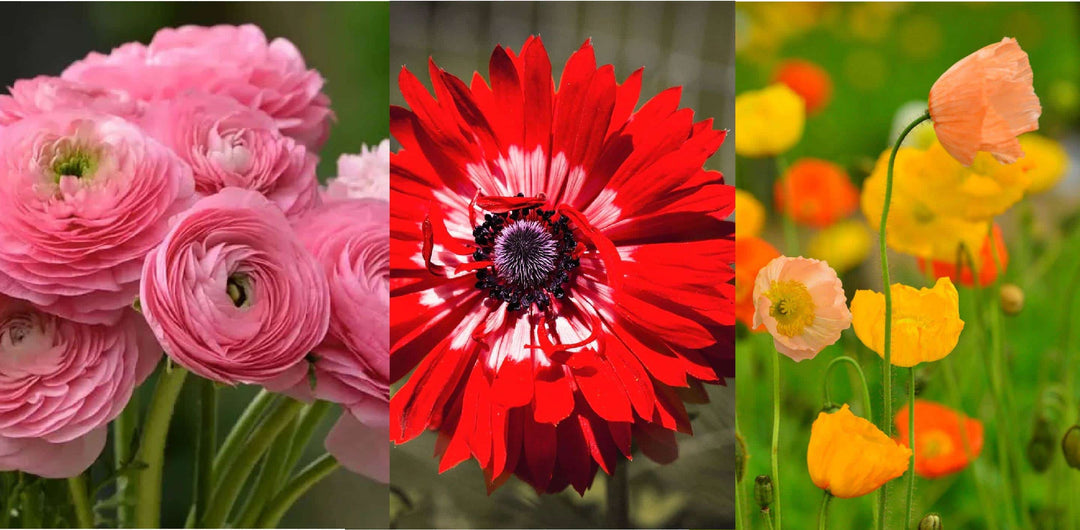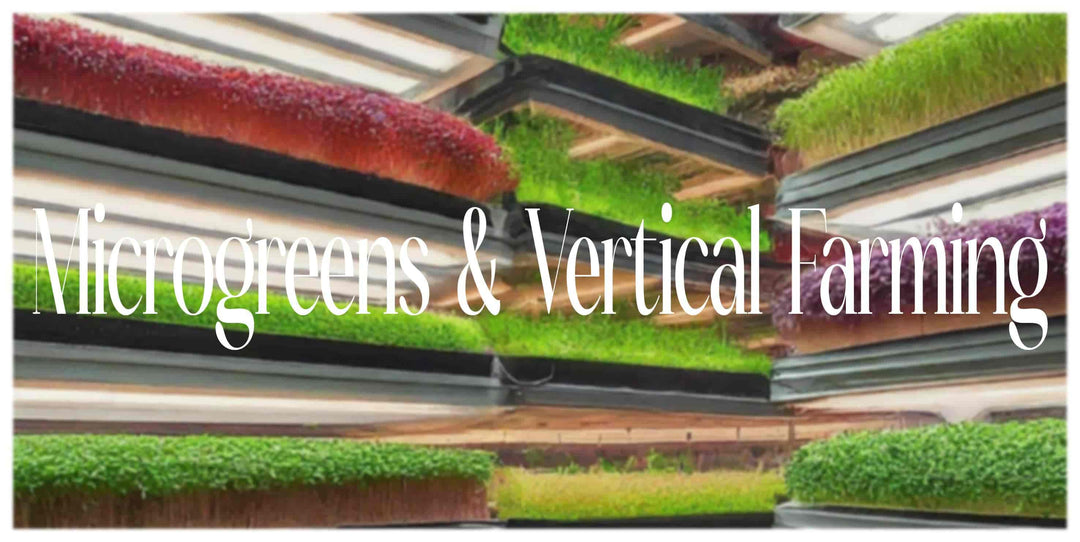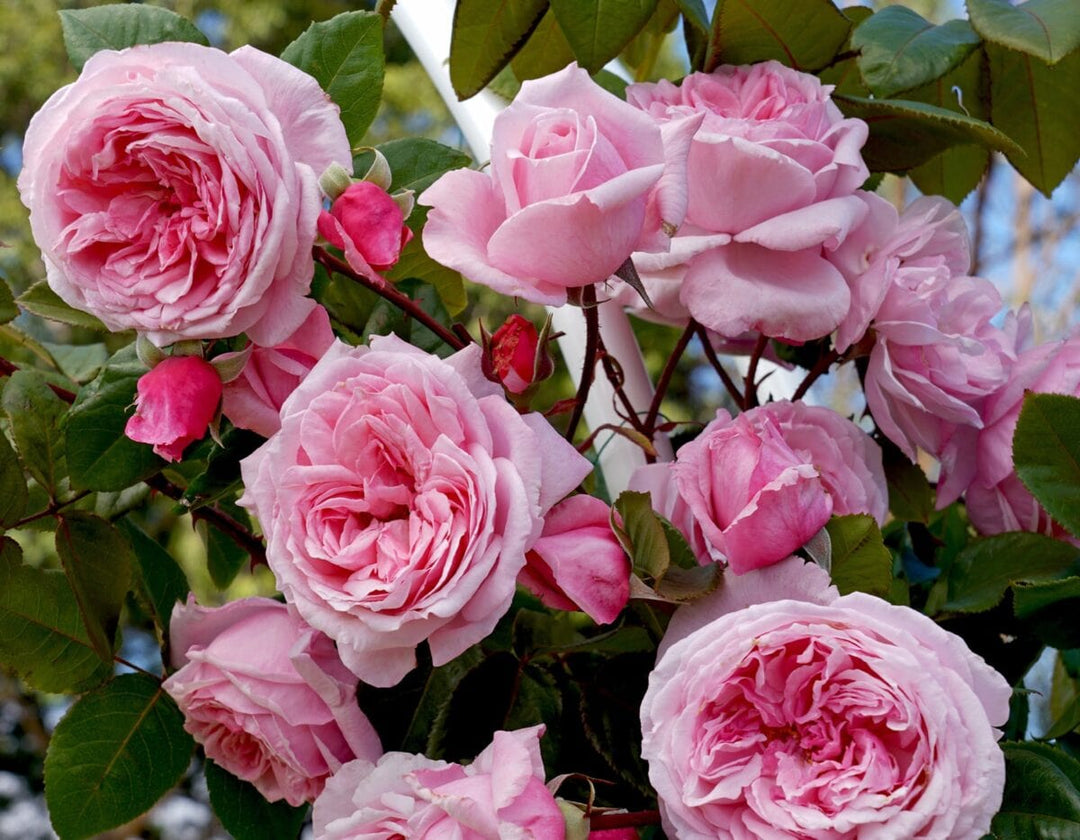How To Store Seeds
How To Store Seeds
Are you looking for a way to ensure that you have an abundant harvest year after year? With proper storage, your seeds will remain viable for many years and you will be able to enjoy the fruits of your labor. In this article, we will discuss some of the best practices for storing your seeds so that they remain viable and can be used in future harvests. By following these simple steps, you can ensure that you are getting the most out of your seeds and maximizing their potential. Start storing your seeds the right way today and enjoy years of abundant harvests!
Why Store Seeds?
Seed storage is a critical component of successful crop production. To ensure consistent yields, it’s essential to keep seeds in the most optimal conditions. Proper seed storage can greatly improve seed longevity, germination rate, and even quality. By understanding the ins and outs of storing and preserving seeds, gardeners can maximize their return on investment while ensuring their crops thrive. Plus, it’s a great way to save money on seeds when they go on sale even when you might have to hold on to them for a year! Or, even when you have more seeds than you need to plant this season.
Seeds With Great Lifespan
When stored the right way, some seeds can remain viable for more than 5 years - including Brassicas (Brussels sprouts, cauliflower, cabbage, collards and kohlrabi), chicories (endive, escarole, radicchio) and many other vegetables like cucumbers, kale, lettuce, melons, mustards, peppers, radishs rutabagas sunflowers tomatoes and turnips.
How to Store Your Seeds
1.) Immediately - To ensure that your seeds remain fresh and in good condition, store them right when you get them.
2.) Container - Dry seed storage is an important part of successful gardening and farming. Airtight containers are the best way to store dry seeds for long-term use. These containers protect the seeds from moisture, pests, and oxygen, thus preserving their viability and ensuring a successful harvest.
3.) Label - Proper labelling and categorization of stored seeds is a must! You should keep the seed packet at hand for easy reference in the future. This way you'll know exactly what type of seeds are in your container and when to plant them during the optimal time.
4.) Location - To ensure successful germination, it is vital to store seeds in a place with low temperatures and away from direct sunlight. Additionally, strong odors should be avoided as they can compromise the efficacy of the seeds.
5.) Store - Seeds should be stored between 4°C & 10°C (40 - 50°F). Avoid putting them in the refrigerator as its humidity levels fluctuate. Remember, freezing can destroy certain seed varieties.
Tips For Planting Stored Seeds

1.) When planting seeds, it's important to keep them moist so they don't dry out. Oxygen is essential for proper germination, so flooding the soil can lead to a decrease in oxygen & stunt the growth of your seeds.
2.) On a sunny day, leaving the plastic dome on the seedling trays is not a good idea. If you see a lot of condensation, take it off or prop it open for ventilation. If it's left on, your seedlings may get steamed by the trapped heat and moisture inside the dome.
3.) When transplanting seedlings outdoors, it's important to harden them off gradually. A cold frame or cloche is useful for providing gradual exposure to colder temperatures. Otherwise, your plants may be too shocked by the conditions and either be stunted or die from the stress.
With these simple steps, you can easily store your seeds and save money. Not only that, but it also helps to reduce waste and promote sustainability. So why not give it a try?









